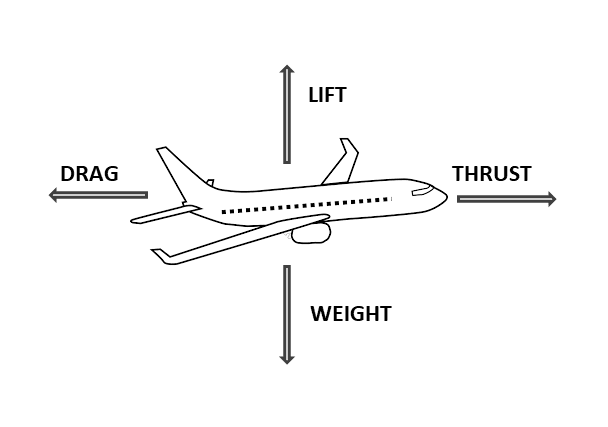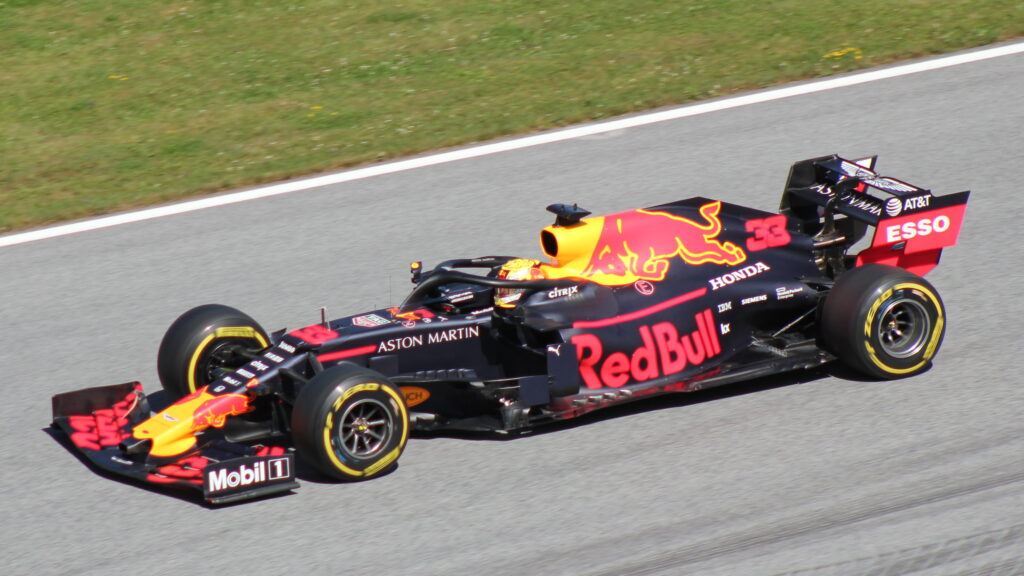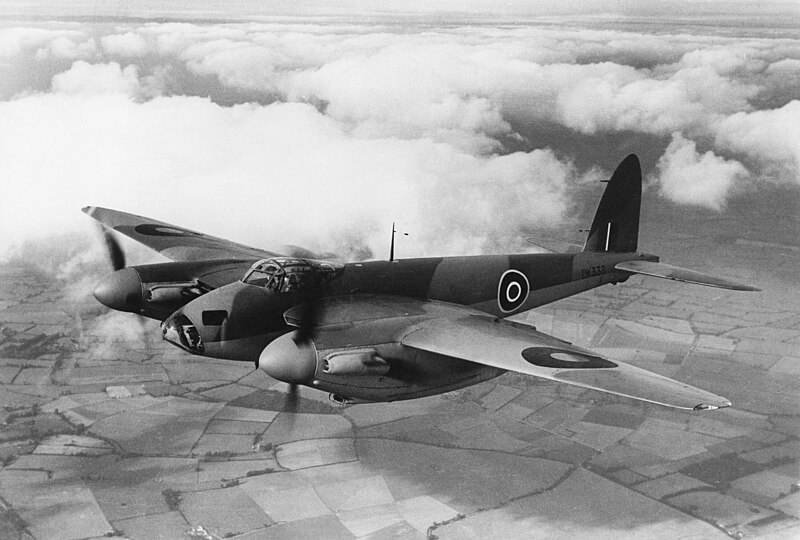Have you ever seen one of Red Bull’s amazing stunts featuring those daring professionals riding dirt bikes, super fast cars, or flying an inverted plane? Nobody would scroll through a Red Bull Instagram page without saying “Woah!”, I am sure! But, Red Bull goes beyond that. They also host one of the most popular sports in the world! Formula One Racing.
Watch the iconic video here: https://www.youtube.com/watch?v=4qbfQSLUdDo

Formula One has never been more popular, thanks to a small show called ‘Drive to Survive’. This weekend, they will send the world’s fastest cars racing down the Las Vegas Strip.
Formula One racing’s high-octane, high-speed excitement draws viewers from all around the world. For fans and enthusiasts, nothing beats the appeal of witnessing F1 cars race around tracks at unbelievable speeds. The pursuit of speed is crucial to the sport, with the goal of shaving milliseconds off lap times and pushing the boundaries of automobile engineering.
F1 cars average between 210 and 220 miles per hour (mph), while speed trap readings have shown greater speeds.
These speeds are reached with a mix of cutting-edge aerodynamics, powerful hybrid engines, and sophisticated tire technology. The differences in speeds are attributable in part to the tracks themselves, as well as the unique designs and regulations that govern each racing series. F1 cars’ emphasis on aerodynamics and downforce enables extremely fast cornering speeds and overall performance.
Aerodynamics? Isn’t that what makes airplanes fly? All of the other qualities sound pretty similar to what we geeks discuss on a regular basis. Are there any parallels in the engineering and aerodynamics of both? Few people are aware of the tight linkages and parallels between Formula 1 racing and aviation.
- F1 cars and aircraft, both depend heavily on aerodynamics.
- Advanced lightweight composite materials are used in both.
- Like fighter pilots, Formula 1 drivers experience G force on fast-paced, tight-turning racetracks.
- Aircraft employ their wing parts to create lift, while Formula 1 cars use them to create downforce.
- Both require and frequently employ Wind Tunnel Testing (WTT) to analyze prototype models.
- Formula One car design and development now makes use of Computational Fluid Dynamics (CFD), hitherto a limited tool and resource for aircraft industries.
- Aerospace sector technology feeds F1 cars, and Formula 1 cars feed off of technology used in regular road cars.

Aerodynamics of an Aircraft
A solid understanding of how an airplane takes off and maintains its position is the foundation of any knowledge of flight. The same forces that drive a passenger jet also regulate a little paper airplane. For student pilots, understanding airplane aerodynamics is essential to a successful collaboration with the environment. For engineers and regular aviators, it is an essential aspect of their employment, and for white-knuckle tourists, it is a means of understanding and unwinding.
To your surprise, aerodynamics also applies to things that never leave a runway at all. As the study of how objects move through the air, aerodynamics is important to Olympic athletes, race car engineers, and manufacturers of sporting goods. We’ll talk about one of these vehicles—F1 cars—and contrast the concepts with those we apply to our cherished airplanes later in this article!

Four forces of Aerodynamics
The Wright Brothers carefully observed how the birds around the North Carolina coast spun and glided on the ocean wind when they were creating their first Flyer. They realized that birds, in contrast to humans, were designed to control four key forces: drag, thrust, lift, and weight. These four fundamentals of aerodynamics are always working against one other.
Weight: Keep it as light as possible
Because a lighter aircraft requires less fuel to stay in the air and may carry more passengers and cargo, designers typically aim to minimize weight. It’s crucial to strike a balance between lowering the forces of gravity and utilizing sturdy and safe materials.
The force of weight rotates via the center of gravity of the aircraft while applying pressure to the entire aircraft. Although the center of gravity is always pointed toward the earth, when an airplane uses fuel, its exact location changes constantly. Calculations for weight and balance are essential for aircraft operation and in-flight planning. Even though passengers on small aircraft may not notice a difference in the aircraft’s handling, they are occasionally asked to re-distribute themselves more evenly across the cabin on a half-empty flight in order to maintain a safe weight-to-balance ratio.
Lift: Keeps the plane aloft
So what combats the weight of the airplane pulling down towards Earth? Without a lift, you’re not going anywhere. Lift is created when an object’s speed differs from that of the surrounding air molecules. Without air, lift is impossible.
In order to create lift, variations in air pressure are essential. The slower air beneath the wing aids in pushing the wing upward since fast-moving air produces less pressure. The somewhat rounded shape of aircraft wings is intended to capture this dynamic. The upward push of lift is produced by the movement of air molecules above and below the wing surface; this flow helps maintain the airplane’s position in the air.

Thrust: Powers the Plane
When an engine pushes, the vehicle to which it is attached shoots in the other direction. Aerodynamics’ most challenging difficulty was achieving large levels of thrust. We were unable to achieve flying until the mechanical era due to a lack of thrust.
One furiously flapping pilot simply couldn’t produce enough thrust to overcome the weight of himself and his machine. Although they don’t need as much speed as rockets to reach space, airplanes need more than the typical bird to carry cargo, passengers, and fuel on top of their own weight. It is the engine or engines that provide the needed thrust.
Drag: Keep it as low as possible
Why can’t airplanes stay in the air forever if engines and lift are so amazing?
Drag is experienced by anything (like an airplane or an F1 car) traveling through air molecules (like the atmosphere). By using smooth materials while building flight-bound objects, this friction can be decreased. The engine’s push is opposed by drag in an airplane.
In addition to friction, air pressure can also be a factor in an airplane’s ability to maintain altitude. Do you adore how winglets on a contemporary jet have a sweeping appearance? Known as “induced drag” or “drag due to lift,” they are intended to lessen the quantity of it. High-pressure air swirls around the tip of an airplane wing from below it to the comparatively low air pressure directly above it. This reduces the plane’s ability to stay aloft.
However, this type of drag only occurs at high speeds or steep angles of attack. A well-designed winglet—a wing on top of a wing—helps direct airflow toward the airplane’s fuselage in a widebody jet. In this way, engineers assist pilots in recovering some of their lift.
In conclusion, using their shape, speed, and aerodynamics, aircraft propel themselves forward while the body applies downward pressure to the atmosphere to prevent them from falling out of the sky. They have wings and engines.
In this sense, the design of an aircraft and the current Formula 1 cars are fairly similar. Although Formula 1 vehicles do not fly, they use aviation technology to accomplish very different goals. The speeds of 360 km/h or more that cars occasionally reach or surpass are sufficient for them to take off in the air.
The design of F1 cars
Since aerodynamic performance is one of the most crucial aspects of a car’s design, teams have been using fluid dynamics—to model the flow of air past the car as it races to the finish line. Throughout the sport’s history, Formula One car designs have changed constantly as teams try to outsmart their rivals and stay up with ever-changing regulations.

The main goal for a high-speed car design is to minimize noise emissions, reduce drag and wind noise, and prevent unwanted lift forces and other factors that contribute to aerodynamic instability at high speeds. For certain racing vehicle classes, it may also be crucial to generate downforce in order to enhance traction and, consequently, cornering capabilities. To get the maximum downforce possible while producing the least amount of drag, the manufacturers and teams put in endless hours in wind tunnels.
Forces acting on a Formula One car
The same forces that enable our airplanes to fly are also responsible for an F1 cars’ ability to reach unthinkable speeds while maintaining its track. While the car is kept on those winding, twisting tracks by the forces acting on it, the plane is kept in the air by all of those forces.
There is just one more force that we want, for the car to keep it staying intact with the ground– The downforce. The force acting downward toward the earth is known as the Downforce. When we move around turns, this force keeps it anchored to the track by acting on the ground.
Consequently, it is evident that we need to design wings or make other changes that improve this downforce while lowering lift and drag as the F1 cars accelerates forward. Some of those designs are–

- Front wing
About 1/3rd of the F1 car’s downforce is produced by the front wing. It is the first area to come into contact with the air mass. Because the turbulent flow affects the rear wing’s efficiency, the front wing’s primary purpose is to effectively direct air towards the car’s body and rear in addition to producing downforce.
- Rear wing
The wing endplates join the two sets of airfoils that make up the rear wing. The higher airfoil provides the most downforce. Approximately 30 to 35 percent of the car’s total downforce is produced by the modern rear wings.

- Barge Boards
The air disturbed by the front wheels is smoothed down and separated by the barge boards. They divide the flow into two sections. First, the engine is cooled by being directed into the side pods. The other is redirected outdoors to lessen drag.
- Ground Effect
“Side Pods” were used to fill the space between the sidepods’ bottoms and the ground. A very low ground clearance causes positive lift since there is hardly any airflow between the ground and the underbody.
- Wheels
Because of their big exposed wheels, open-wheeled race cars have extremely complex aerodynamics. Behind-wheel flow is totally isolated. Up to 65% of the vehicle’s frontal area may be made up of the four wheels.
- Rear Fans
This is a new method of producing downforce that is not influenced by speed. In order to create low pressure underneath the car, two rear fans are used to draw air in from underneath it.
Airflow is channelized up to the rear wings and the design is meant to cut through the air with the least amount of air friction. It provides significantly less lift and drag on the vehicle’s body. More downward force is produced, which stabilizes the vehicle at extremely high speeds. It is the pinnacle of racing sport technology.
When Formula One used Airplane Wings (for real)– The Lotus 78: The Wing Car!
Before the 1970s began, early unsuccessful attempts to use big airfoils were curbed, but many people believe that the ‘Ground Effect era’ is when the sport truly emerged, driven by both technical innovation and driver skill. Colin Chapman and his group set out to design and construct the Lotus 78, a ground-breaking new Formula 1 car, in 1976.

Inspiration from the de Havilland Mosquito fighter bomber
After studying the de Havilland Mosquito fighter bomber, Chapman focused on the hot air outlets and radiators located on the wings, which were intended to provide lift. Chapman realized that a system like that could provide a lot of downforce when inverted. His ideas on the effects of an upturned airplane wing profile applied to a car were validated by a thorough analysis of Bernoulli’s principle of fluid dynamics.

Using a wind tunnel and a rolling road, the team started experimenting with the body forms of Formula One cars. They started to achieve amazing results with one of the models. Upon closer examination, it was discovered that the shaped underbody was being pulled closer to the road’s surface as the rolling road’s speed increased. Colin Chapman was shown the results and allowed the team complete freedom to develop an F1 chassis where they used Aluminum Monocoque design!
After being unveiled at the first race of 1977, the 78 went on to win five races and establish itself as the field’s class vehicle!
Racing history
Andretti and Gunnar Nilsson’s victory in the Belgian race demonstrated that the Lotus 78 had a unique feature: when the car was operating well, it was nearly impossible to catch. In their own car designs for 1978, other teams were frantically trying to somehow duplicate whatever it was.
The Lotus 79, which was as far ahead of the 78 as the 78 had been ahead of the rest of the field in 1977, succeeded the 78, which was still a winner in early 1978 after Andretti and Ronnie Peterson each took home a victory and three more pole positions.
The Lotus 78 finished its career with 106 points, 7 victories, and 9 pole positions!
F1 cars today
It became clear as the 1970s gave way to the 1980s that teams were pushing the envelope and rejecting wings in favor of increasingly more aggressive ground-effect solutions, sometimes without always improving performance.
The FIA took action in 1983, implementing a flat bottom and completely eliminating the ground effect that we had been accustomed to from the sport. As the 1980s concluded, the sport sought to raise standards everywhere, and the 1990s started with more restrictions on car design and more safety testing and procedures.
Bottom Line
It is well known that an aircraft wing’s form affects how much lift it generates at different angles and speeds. Similar to this, a Formula One car’s front wing can be shaped in a variety of ways to accomplish the goal. The front wing has over 100 settings, and the rear wing has over 20 settings.
But there’s only one perfect setup for the assignment!
Depending on the racing circuit’s type and its required speed, the configuration is altered. The best wing configuration for reaching the fastest speeds is one that is relatively flat. On the other hand, steeper wing components are utilized at circuits with a lot of tight turns and few straightaways. This makes it easier for the cars to drive through the turns more quickly by producing the most downward force possible.
The aviation industry has provided so much inspiration that it is hard to name them all. Supercars might not have existed without them. An F1 car and an airplane are only distinguished by their swept-back wings. F1 drivers, like fighter pilots, may experience tremendous G forces.

Watch the drag race of an F1 car vs F/A-18 Hornet: https://www.youtube.com/watch?v=luH-rOYixY8
Formula 1 cars are powered by technology from the aerospace industry, while regular road vehicles are powered by the technology from Formula 1 cars.
One can only gaze and be in awe of these stellar machines’ pure magnificence; they are both amazing machines to behold. One was designed to fly, and the other to move as quickly as possible.
Stay tuned with us. Further, follow us on social media for the latest updates.
Join us on Telegram Group for the Latest Aviation Updates. Subsequently, follow us on Google News

